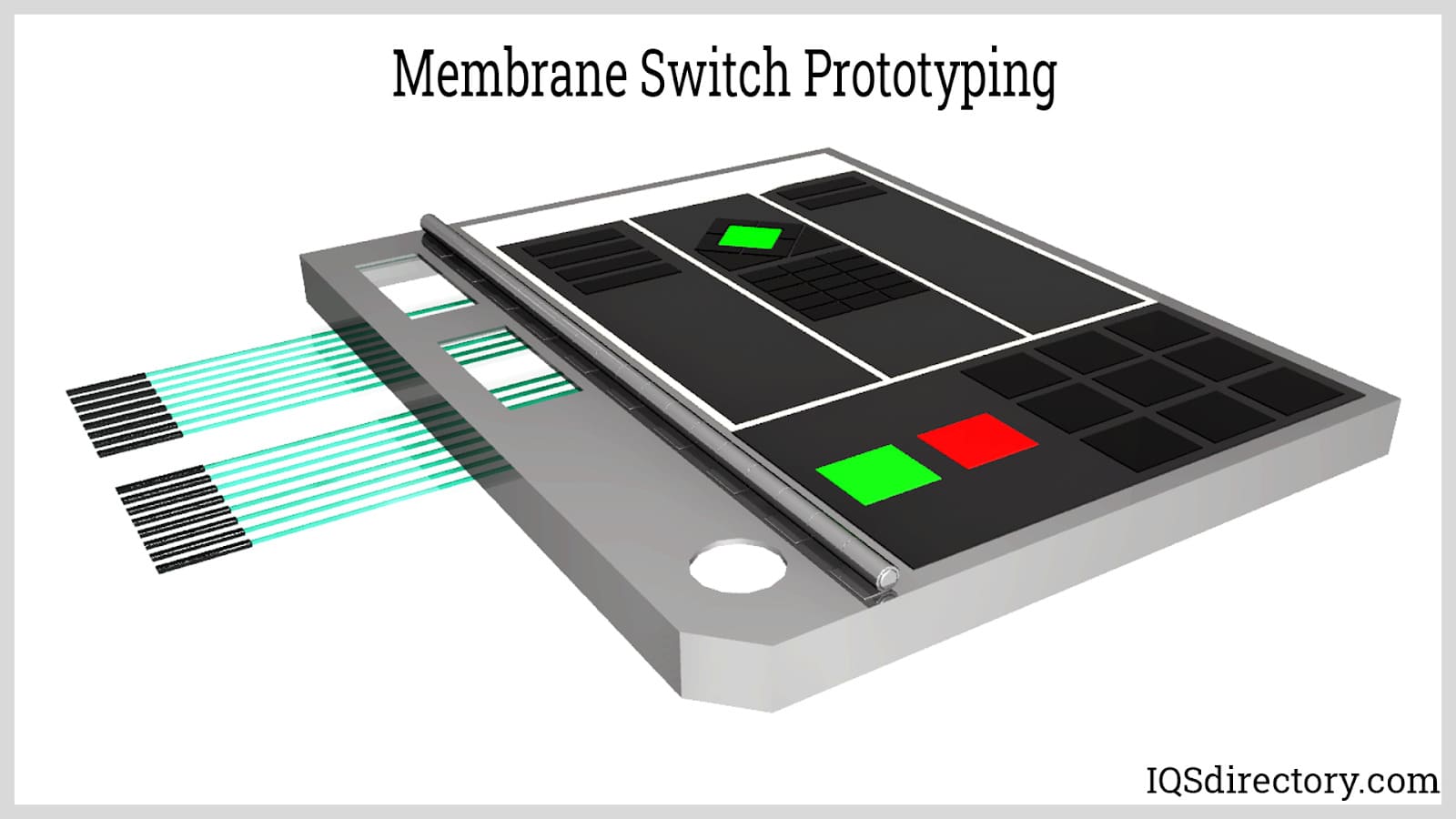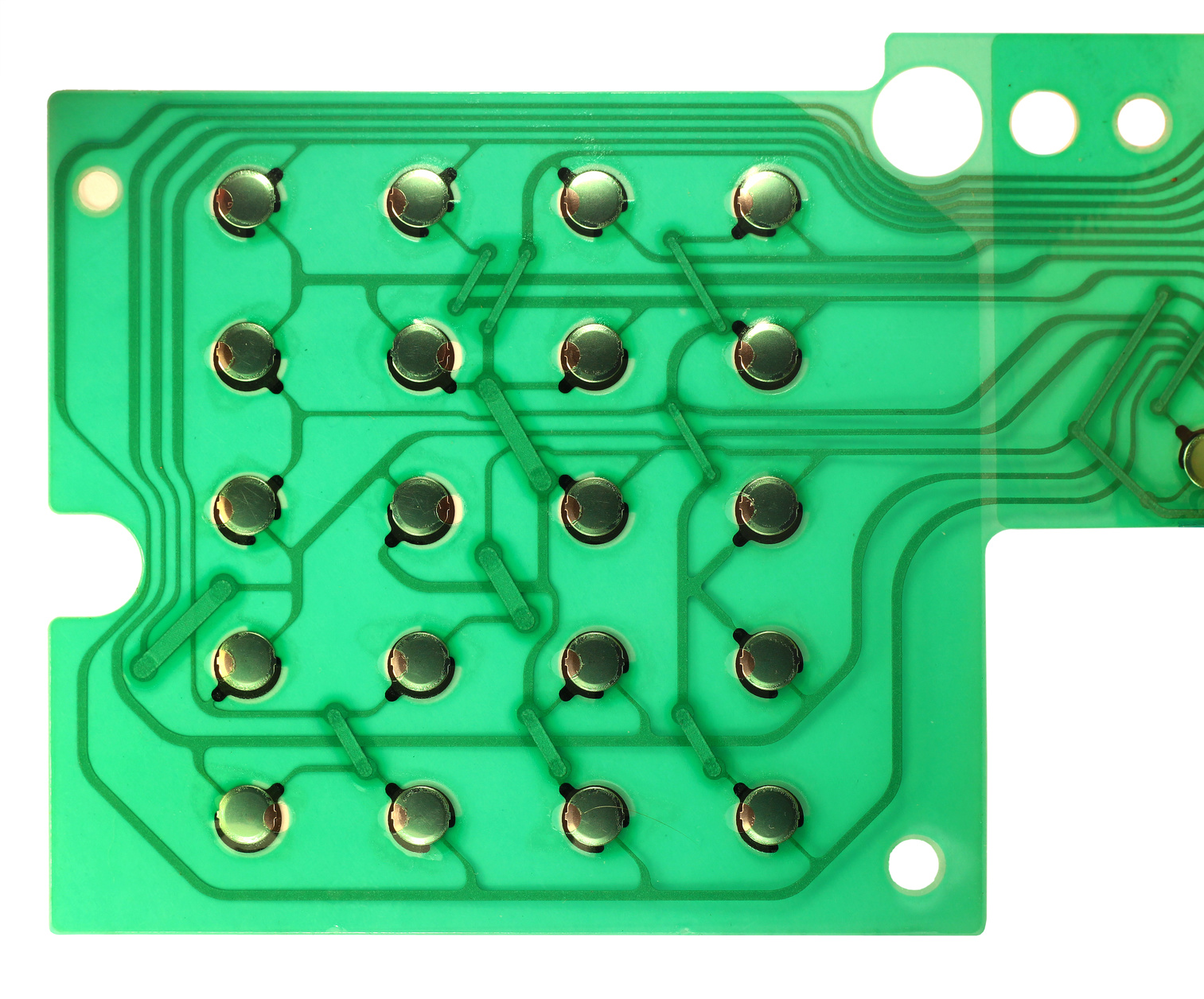Exploring the Future of Membrane Switches in Emerging Technologies
Exploring the Future of Membrane Switches in Emerging Technologies
Blog Article
Discover Exactly How Membrane Switches Feature and Their Function in Modern Electronics
Membrane Switches stand for an innovative integration of modern technology and style within the world of modern electronics, functioning as vital user interfaces in many devices. Consisted of numerous layers, these switches make use of pressure-sensitive devices to help with customer interaction. Their applications cover numerous markets, from customer electronics to medical equipment, highlighting their versatility and importance. Recognizing the details of Membrane switch capability and their broader effects in improving individual experience invites further expedition into their layout, benefits, and the ingenious developments shaping their future in technology.
What Are Membrane Buttons?

Membrane switches are distinguished by their sturdiness and resistance to ecological variables, such as dirt, moisture, and extreme temperature levels. They can be customized with different graphics, shades, and responsive responses alternatives, enhancing customer experience while keeping aesthetic appeal - membrane switches. The unification of printed circuits allows for seamless integration right into devices, enhancing total performance.
The adaptability of Membrane buttons appears in their capacity to sustain both complicated and simple control functions. They can include attributes such as LED indications and touch-sensitive innovation, dealing with details user demands. As modern technology continues to progress, Membrane Switches stay necessary for enabling reliable and intuitive individual interfaces, consequently playing a crucial function in the innovation of modern-day digital tools.
Parts of Membrane Switches
Membrane switches are composed of numerous vital components that collaborate to produce a useful and trustworthy interface. The main components include the graphic overlay, adhesive layer, spacer layer, and conductive traces.
The visuals overlay works as the individual interface, generally published on an adaptable substrate such as polyester or polycarbonate. This layer not only offers visual charm however likewise consists of tactile feedback, visual hints, and safety features. Underneath the visuals overlay exists the glue layer, which protects the switch to the tool and ensures resilience versus environmental stress and anxieties.
The spacer layer is critical for preserving the needed void between the visuals overlay and the circuit layer. When pressure is applied, this space permits for the activation of the switch. The conductive traces, usually made from silver or carbon, create the electrical pathways that finish the circuit when the switch is engaged.
Additionally, a support layer may be included for architectural support and insulation. These parts collaborate perfectly, making sure that Membrane buttons are both user-friendly and resilient, making them crucial in different modern-day electronic applications.
How Membrane Switches Work
Exactly how do Membrane Switches function effectively within electronic tools? Membrane Switches operate on the principles of pressure-sensitive technology, making use of a layered construction that includes visuals overlays, sticky layers, and conductive elements.
The design of Membrane switches is vital for their efficient operation (membrane switches). The layers are thoroughly engineered to give tactile feedback, sturdiness, and resistance to ecological elements such as wetness and dust. The addition of domes-- small, elevated locations within the button-- improves responsive action, supplying users with an obvious click feeling upon activation
Additionally, Membrane buttons can be personalized in terms of size, shape, and graphics, making them suitable for different applications. They are usually used in control panels, medical devices, and consumer electronics because of their sleek style and reliability. Overall, the reliable functioning of Membrane switches is critical in enhancing individual interaction and guaranteeing seamless procedure in modern electronic gadgets.

Applications in Modern Instruments
Utilizing their special layout and performance, Membrane switches have actually become indispensable elements in a vast array of modern digital gadgets. These versatile user interfaces are used in customer electronics, industrial equipment, medical gadgets, and vehicle controls, giving seamless individual interaction.
In consumer electronic devices, Membrane buttons are typically discovered in devices like microwaves, cleaning equipments, and other family tools, where they make it possible for user-friendly control with a smooth profile. Their low-profile style helps with combination into small devices, enhancing visual appeal without jeopardizing capability.
In industrial applications, Membrane Switches work as control board for equipment, providing resilience and resistance to severe environments. Their capacity to endure dampness and impurities makes them ideal for usage in manufacturing and processing industries.
Medical devices additionally gain from Membrane switches, which are made to be simple to tidy and maintain, guaranteeing health in professional setups. They are this content frequently used in analysis equipment, person surveillance systems, and mobile clinical tools, where reliability is vital.
Advantages of Membrane Switches
One of the vital benefits of Membrane buttons is their flexibility, which allows them to be customized for a range of applications across several markets. These switches can be developed in numerous forms and sizes, fitting one-of-a-kind product requirements while supplying smooth combination right into gadgets. Their thin account allows a sleek and small style, frequently boosting the aesthetic appeal of digital products.
One more substantial benefit is their toughness - membrane switches. Membrane buttons are usually immune to dust, wetness, and chemicals, making them perfect for harsh environments. This strength prolongs their life expectancy compared to typical mechanical buttons, reducing the demand for constant substitutes
Furthermore, Membrane Switches offer cost-effectiveness. The manufacturing process includes printing innovations that decrease production costs, specifically for big runs. This cost, combined with reduced maintenance requirements, makes them an appealing option for producers.

Final Thought
In verdict, Membrane Switches stand for a considerable advancement in customer interface innovation within modern electronic devices. As the demand for durable and intuitive interfaces continues to grow, the role of Membrane switches in forming individual experience will undoubtedly increase.
Membrane Switches represent an advanced integration of innovation and design within the world of contemporary electronics, serving as vital interfaces in countless gadgets.In the world of modern electronics, Membrane Switches serve as critical components that help with customer communication with gadgets. As technology proceeds to develop, Membrane Switches stay crucial for making it possible for reliable and user-friendly user interfaces, thus playing a critical function in the innovation of contemporary electronic gadgets.
Just how do more information Membrane Switches function effectively within his explanation digital devices? On the whole, the reliable functioning of Membrane switches is critical in boosting individual communication and guaranteeing seamless operation in modern-day digital gadgets.
Report this page